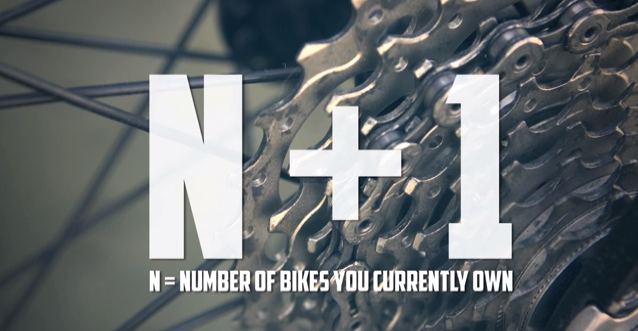You may be a road cyclist, mountain biker, non-participant or somebody just getting into the sport of cycling. But whoever you are, it’s not at all uncommon to have posed the question upon visiting your local sporting goods store, “What is a hybrid bike?”
You may have had the experience of being one of those poor souls entering into a bike shop for the first time. It is then that you were encountered by an enthusiastic young salesman asking what kind of rig you might be in the market for.
Road?
Mountain?
Commuter?
Touring?
City?
Hybrid?
It can be a bit overwhelming…
Hearing the word hybrid no doubt implies the combination of some such things…all of which you know absolutely nothing about!
Well, we’ve today endeavoured to mitigate this experience to the best of our ability, by teaching you a little bit about what this style of bicycle entails, its uses, and who it might be best suited for out there in the vast landscape of buying possibilities. We hope that by the end you’re able to approach the matter in a way that makes you a little more comfortable, especially for those out there getting into cycling for the first time.
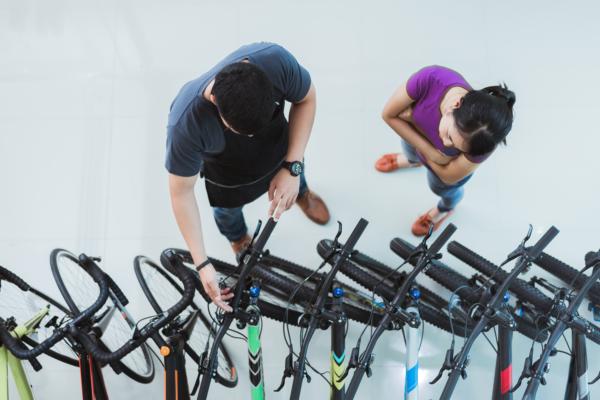
torwaiphoto/Adobe Stock
What Does “Hybrid Bike” Mean?
Hybrids are basically a blend of the two major cycling disciplines, road biking and mountain biking. They are a composite that seeks to address some of the major components of both types of bike in one, so as to create a machine that is versatile enough to accommodate activity performed on the road and on the trails.
Some of these components include the following:
Handlebars – Hybrids typically have flat handlebars, like those of a mountain bike, as opposed to dropped handlebars like you would see on a road bike. This contributes to a more upright riding position.
Tires – Modern hybrid bikes can be fitted with several sizes and types of tires that you’ll find on both road and mountain bikes. 26” used to be the standard, but it is now common to see 27.5” and 29” as well.
Suspension – Typically hybrid bikes are limited in suspension, and some don’t have any at all. It’s not uncommon though to see front suspension forks that offer some relief if you were to head out on some light-medium duty trails.
Gears – Some hybrid bikes have only one speed (and are aptly named “single speed bikes”). Others can have a wide range of gears, which is something you’ll want to pay attention to. Less gears means less variability in intensity, which for a beginner rider can be overwhelming.
The term hybrid bikes can mean a lot of things. In general, yes, it means the combination of a road and mountain bike in one. But depending on the brand, style, etc. that hybrid bike could lean more towards a road bike or more towards a mountain bike. Let’s look at the pros and cons of this bike category to better determine if it’s going to be the right choice for you.
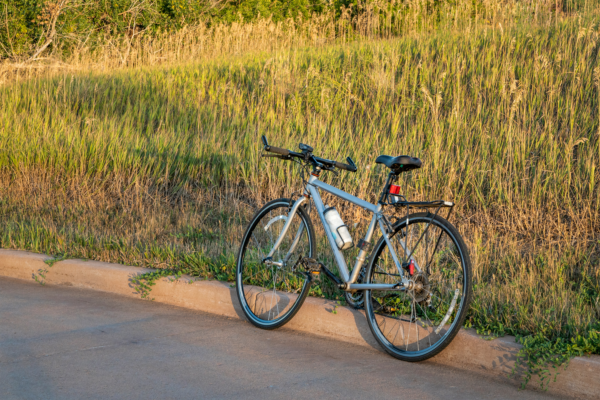
MarekPhotoDesign/Adobe Stock
Pros of Hybrid Bikes
If you’re someone who is just getting into bike riding (or haven’t done it in a long time), a hybrid bike is a good way to start acclimatizing your body to the sport. The more specialized you get with a bike into a particular discipline, the more aggressive the positions you’re going to be in on the bike. Different parts of your body are going to be subject to more load and intensity, and it’s going to vary depending on the specialty of your machine.
A hybrid bike keeps you in a more upright position, which lessens the load on your hands, wrists, shoulders and lower back. Your body needs time to adapt to spending time on the bicycle, and if you eventually decide to get into road cycling, for example, your body will appreciate the time it had to strengthen itself on a hybrid before dropping into a more loaded, aerodynamic position.
The cost of a hybrid bike is another excellent benefit, and is reflective of its more generalized nature. If you were looking for the tip of the spear in terms of performance, parts and quality…you wouldn’t be buying a hybrid bike. That’s not to say they aren’t well-built and dependable pieces of technology. But it is to say that they will only take you so far in any such direction…
…which takes us to the cons.
Cons of Hybrid Bikes
By far the biggest con of a hybrid bike is going to be its limited performance. If you start to become more serious about a particular type of biking, a hybrid bike is going to quickly fail you as soon as the demands exceed its capabilities. A hybrid bike rapidly becomes just a bad road or mountain bike as soon as you venture further into one discipline or the other.
If you want to become a competitive triathlete, you better be able to ride a road bike – fast – and maybe for hours on end. If you want to rip down gnarly mountain terrain – tackling tight turns, huge drops and acute changes in speed – you better be able to harness the unique feel and frame of a high-end mountain bike. A hybrid bike just won’t cut it either way.
This can also have a troubling psychological effect, particularly on people who are getting further and further into mountain biking (which is what hybrids are often marketed for). Not knowing the potential performance metrics of your bike can be catastrophic when trying out new terrain that is more difficult than you’re used to. These types of bikes have to be treated with caution, and the trails you’re on have to always be respected for their level of difficulty.
Is a Hybrid Bike Right for You?
Hybrid bikes are perfect for people who want to cycle recreationally and on different types of terrain. They’re great for commuting and weekend rides with the family. They allow you to get into the sport at perhaps a slightly lower price point, and at the same time experience all the diversity of the outdoors, which is a major part of what makes cycling so engaging and attractive to its participants.
They help your body mold to the bike without putting it into positions that can lead to injury. This helps prepare the body for more aggressive postures that might need to be sustained in things like road racing somewhere down the line. But being more upright and taking things slow is always a good approach. The hybrid bike allows for that.
As soon as you start to become more specialized, it’s time to start looking at more specialized bikes. Not only will a more specific rig be more functional, efficient and durable for the tasks it is designed to do – it will be safer and more dependable as well.
vit/Adobe Stock
Become a Better Cyclist!
Dynamic Cyclist is a training platform for cyclists that offers interactive, follow-along videos and programming that addresses mobility, strength, injury prevention and more! No matter what type of bike you’re riding, it’s always good to make sure your body is in check, healthy and prepared for the demands you’re about to place on it. Sign up for a 7-day free trial HERE!
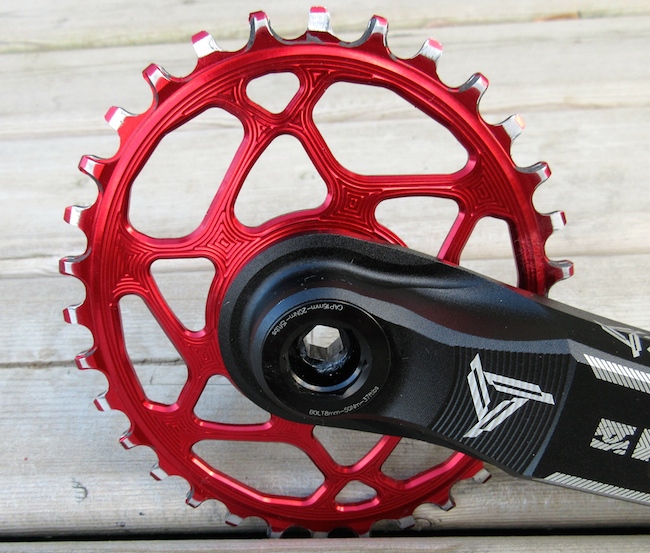
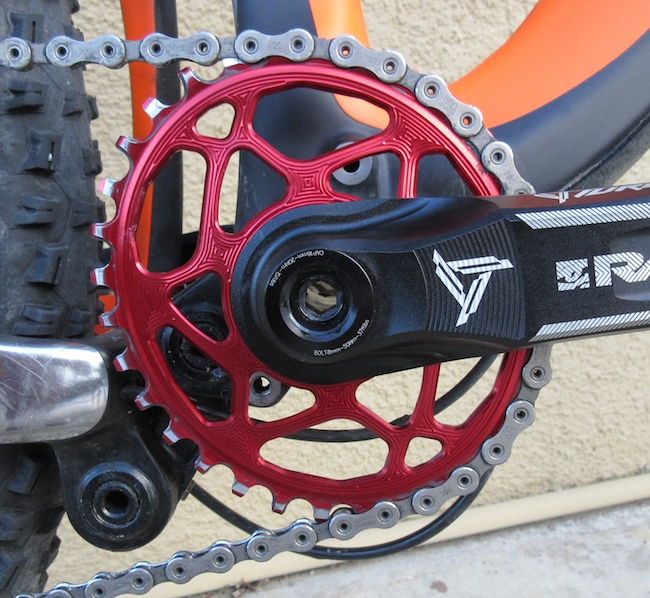
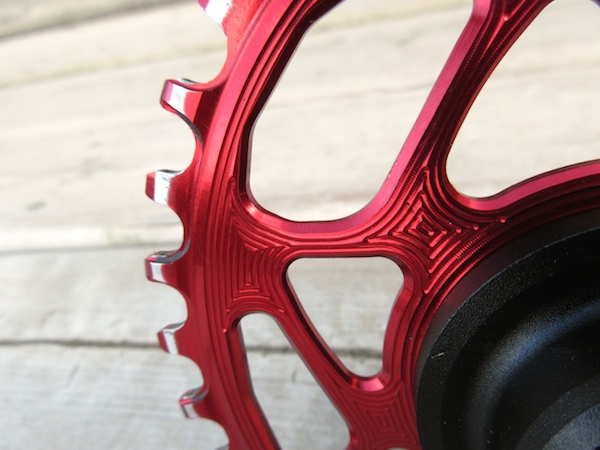
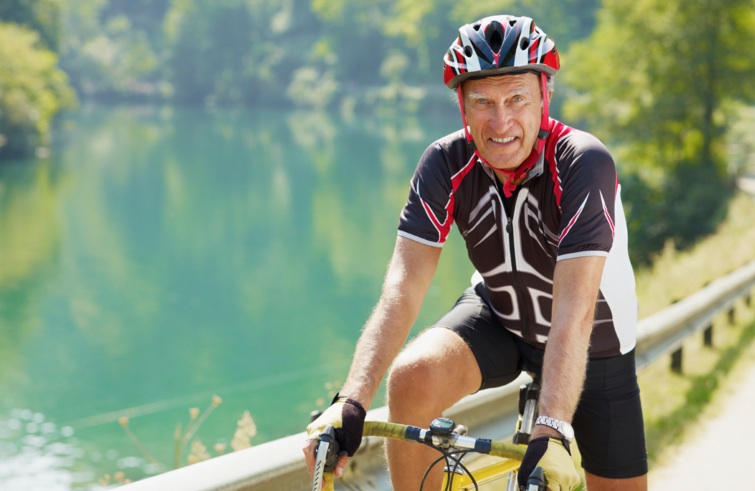
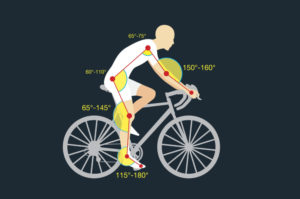
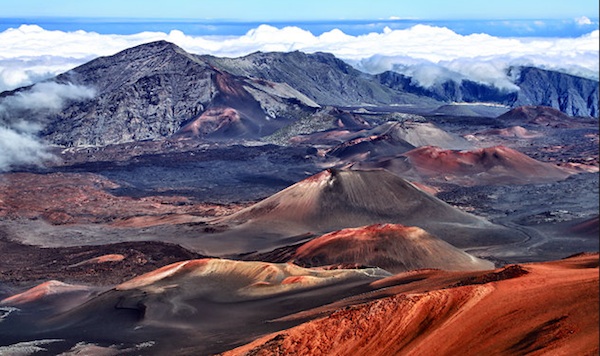 The Haleakala bike climb is coined as “the longest paved climb in the world” and worthy of anyone’s bucket list. I know it was one of mine.
The Haleakala bike climb is coined as “the longest paved climb in the world” and worthy of anyone’s bucket list. I know it was one of mine.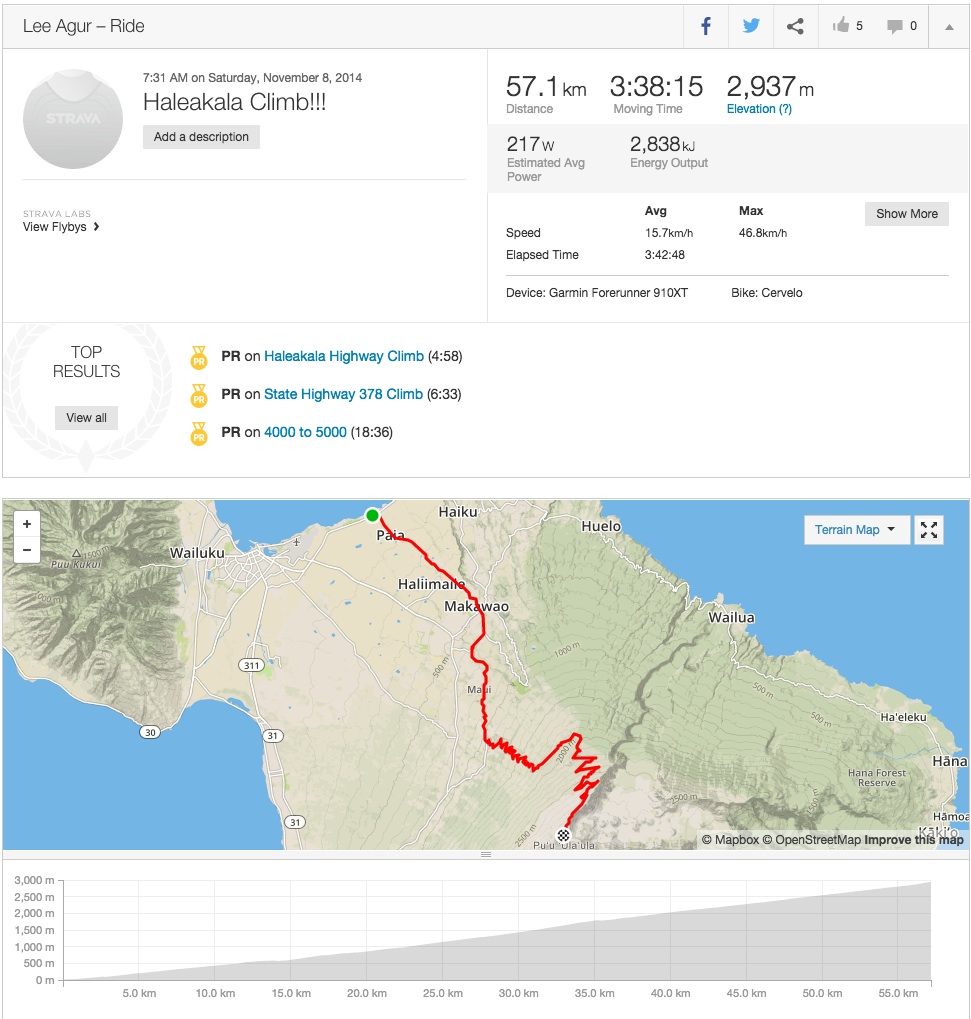
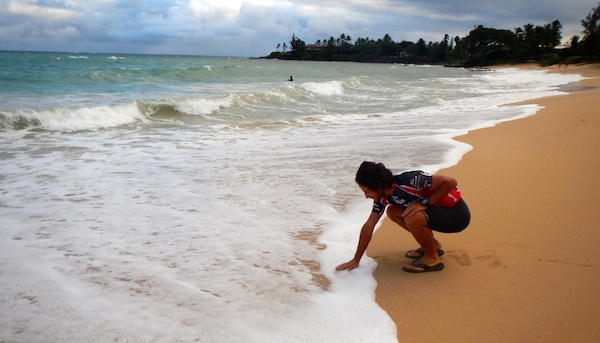
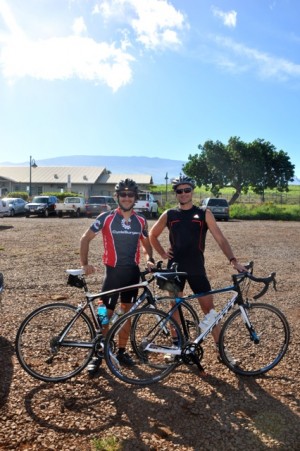
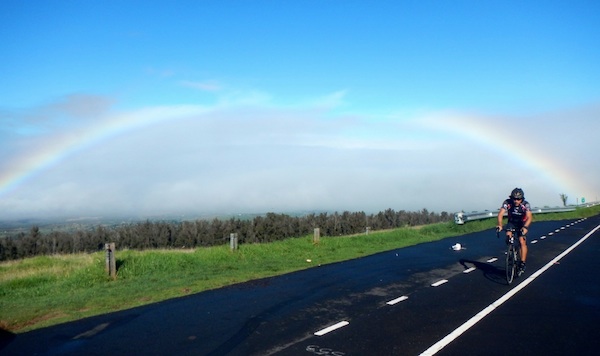
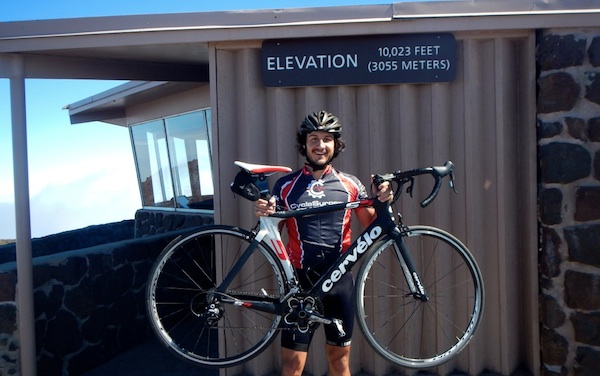
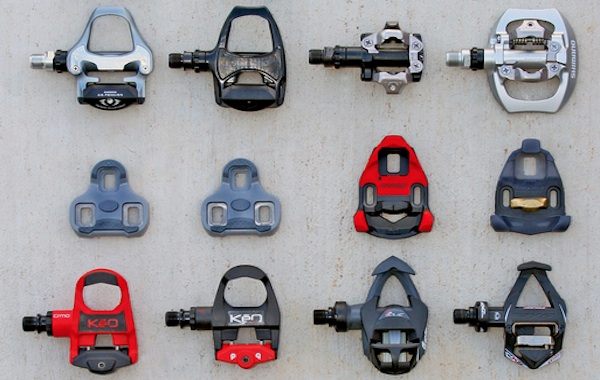 Clipless pedals are a pedal system that keeps your foot attached to the pedal of your bicycle with a spring-loaded system similar to that of a ski binding. Traditional pedals, those with flat sides that are ridden with everyday shoes, can allow your feet to slide around and even off the pedal resulting in a sore shin or potentially a crash. Clipless pedals are a three part system that not only keeps your foot from sliding off the pedal but also provides
Clipless pedals are a pedal system that keeps your foot attached to the pedal of your bicycle with a spring-loaded system similar to that of a ski binding. Traditional pedals, those with flat sides that are ridden with everyday shoes, can allow your feet to slide around and even off the pedal resulting in a sore shin or potentially a crash. Clipless pedals are a three part system that not only keeps your foot from sliding off the pedal but also provides 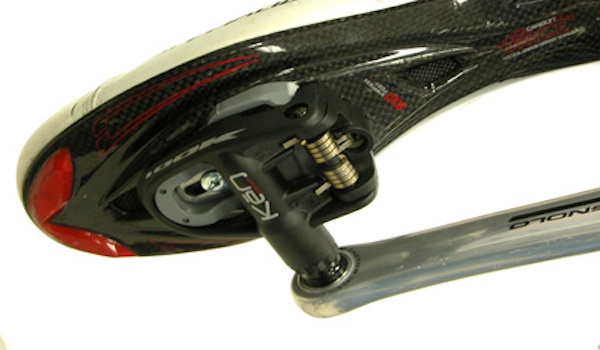 Riding clipless pedals allows you to ride further, faster, and over more technical terrain while giving you a smoother, more comfortable pedal stroke. The only real downside is falling over when you come to a stop because you forgot to unclip before stopping; more of a hit to your morale than your body. Switching to clipless pedals at the proper time along with taking the time to learn how to use them properly will take your riding up a level whether it is on the road or mountain bike.
Riding clipless pedals allows you to ride further, faster, and over more technical terrain while giving you a smoother, more comfortable pedal stroke. The only real downside is falling over when you come to a stop because you forgot to unclip before stopping; more of a hit to your morale than your body. Switching to clipless pedals at the proper time along with taking the time to learn how to use them properly will take your riding up a level whether it is on the road or mountain bike.